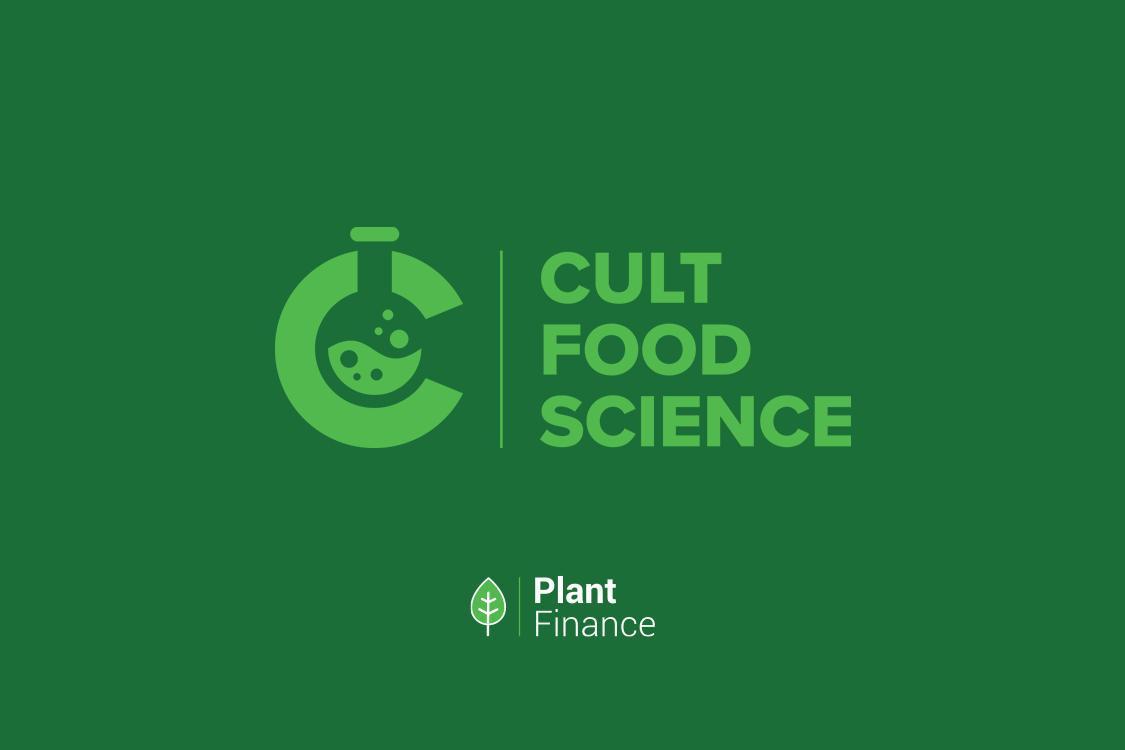Quotes from National Hog Farmer, August 2, 2024
Within a research facility located in the western part of London, a scientist named Helder Cruz carefully retrieves a container from a refrigerator. This container, modest in size, contains 280 grams of a substance resembling the texture of pâté, an off-white in color. This substance is composed of genuine chicken cells, originally harvested from a fertilized egg and meticulously cultivated in bioreactors situated across the room.
A Revolutionary Breakthrough in Pet Nutrition
The UK has taken a pioneering step by approving lab-grown meat for pets, marking a significant milestone in the realm of pet food. This innovative development, which combines cutting-edge science and ethical considerations, is set to revolutionize how we feed our furry friends.
Lab-grown meat, also known as cultured or cell-based meat, is produced by cultivating animal cells in a controlled environment. This process involves taking a small sample of animal cells, which are then nurtured and grown into muscle tissue, resembling the meat we traditionally obtain from livestock. The end product is real meat, but it is created without the need for raising and slaughtering animals.

Inside the Laboratory
In a state-of-the-art facility in west London, scientists like Helder Cruz are at the forefront of this groundbreaking technology. Cruz demonstrates the process by retrieving a small plastic tub from the fridge, containing 280 grams of cultured chicken cells. These cells, originally sourced from a fertilized chicken egg, have been meticulously grown in bioreactors, which provide the ideal conditions for cell growth and proliferation.
The resulting product is an off-white paste with a pâté-like consistency, which is then processed further to create pet food that is both nutritious and palatable for pets. This method of meat production not only ensures a high standard of hygiene and safety but also significantly reduces the environmental impact associated with traditional meat farming.
Benefits of Lab-Grown Meat for Pets
- Sustainability: Lab-grown meat production uses fewer resources, such as water and land, and generates lower greenhouse gas emissions compared to conventional livestock farming.
- Ethics: Cultured meat is produced without harming animals, offering a cruelty-free alternative that aligns with the values of many pet owners who are concerned about animal welfare.
- Health and Safety: Produced in sterile environments, lab-grown meat minimizes the risk of contamination by harmful pathogens, ensuring a safer food option for pets.
Meatly: Leading the Way
One of the trailblazers in this field is Meatly, a company dedicated to producing high-quality pet food using lab-grown meat. Their products, made from cultivated meat, provide all the nutritional benefits of traditional meat without the associated ethical and environmental concerns.

A Closer Look at Meatly’s Process
Meatly, a pioneer in lab-grown pet food exemplifies the potential of this innovative approach. Their process involves several meticulous steps to ensure the highest quality and safety:
- Cell Collection: The process begins with the collection of animal cells from a fertilized egg or a small tissue sample from a live animal. These cells are then carefully cultivated in a nutrient-rich environment.
- Cell Cultivation: In bioreactors, the cells are provided with optimal conditions to grow and multiply. This phase is crucial for developing the muscle tissue that forms the basis of lab-grown meat.
- Processing and Packaging: Once the cells have developed into muscle tissue, they are processed into pet food products. Meatly ensures that the final product retains all the essential nutrients while being safe and palatable for pets.
The Future of Pet Food
The approval of lab-grown meat for pets in the UK signifies a transformative shift in the pet food industry. As awareness of the benefits of cultured meat grows, it is expected to gain widespread acceptance among pet owners who prioritize sustainability, ethics, and the health of their pets.
Lab-grown meat for pets is more than a technological novelty; it represents a forward-thinking approach to pet nutrition that could pave the way for more sustainable and humane food systems globally. With continued advancements and increasing consumer interest, the future of pet food looks promising and bright.
By choosing lab-grown meat, pet owners can support a more sustainable and ethical world while ensuring their pets receive high-quality nutrition. This innovative solution holds the potential to revolutionize pet food, offering benefits that extend far beyond our furry companions.
Embracing the Future: Lab-Grown Meat for Pets
The shift towards lab-grown meat for pets is a testament to the evolving landscape of the pet food industry. As technology and science converge to create sustainable and ethical solutions, pet owners have an unprecedented opportunity to make choices that benefit both their pets and the planet.

Consumer Adoption and Awareness
Educating consumers about the advantages of lab-grown meat is crucial for its widespread adoption. Here are key points to highlight:
- Environmental Impact: Traditional meat production is a leading cause of deforestation, water consumption, and greenhouse gas emissions. Lab-grown meat offers a sustainable alternative, requiring significantly fewer resources and producing minimal environmental pollutants.
- Animal Welfare: Many pet owners are increasingly concerned about the ethical implications of meat production. Lab-grown meat eliminates the need for animal slaughter, providing a guilt-free option that aligns with their values.
- Quality and Safety: Cultivated in sterile conditions, lab-grown meat reduces the risk of bacterial contamination and foodborne illnesses, ensuring a safer and more reliable food source for pets.
Overcoming Challenges
Despite its potential, the widespread adoption of lab-grown meat for pets faces several challenges:
- Cost: Currently, the production of lab-grown meat is more expensive than traditional meat. However, with advancements in technology and increased scale of production, costs are expected to decrease, making it more accessible to a broader audience.
- Regulatory Approval: While the UK has approved lab-grown meat for pets, other regions may have different regulatory standards. Continued efforts are needed to achieve global regulatory acceptance.
- Consumer Perception: Some consumers may be skeptical about the concept of lab-grown meat. Transparent communication and education about its benefits, safety, and production process are essential to gaining consumer trust.
Looking Ahead
The approval of lab-grown meat for pets in the UK is just the beginning. As technology advances and production scales, lab-grown meat is poised to become a mainstream option for pet owners worldwide. This shift not only promises to improve the lives of pets but also contributes to a more sustainable and ethical food system.
The Role of Innovation and Collaboration
The journey towards widespread adoption of lab-grown meat involves collaboration between scientists, regulatory bodies, pet food companies, and consumers. By working together, these stakeholders can address challenges, improve production processes, and ensure that lab-grown meat meets the highest standards of quality and safety.

Final Thoughts
Lab-grown meat for pets represents a transformative leap in pet nutrition. It offers a solution that addresses environmental concerns, ethical dilemmas, and health considerations. As awareness grows and technology evolves, lab-grown meat has the potential to redefine the pet food industry, setting new standards for sustainability and animal welfare.
For pet owners, choosing lab-grown meat is not just a dietary choice; it is a commitment to a better future for their pets and the planet. With pioneers like Meatly leading the way, the future of pet food looks promising, innovative, and deeply aligned with the values of modern consumers.











